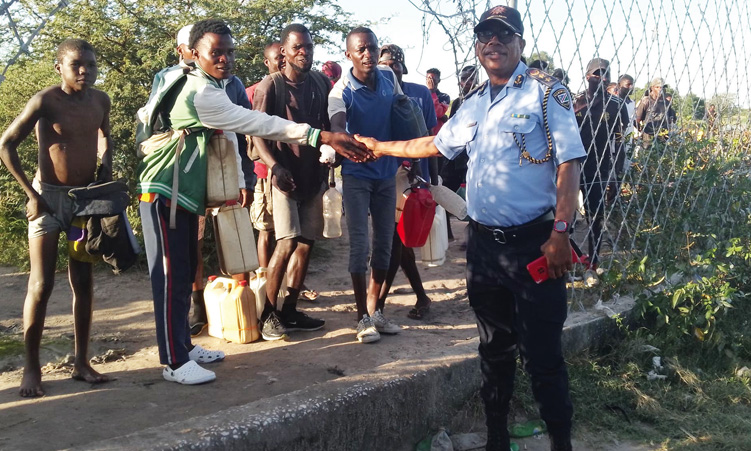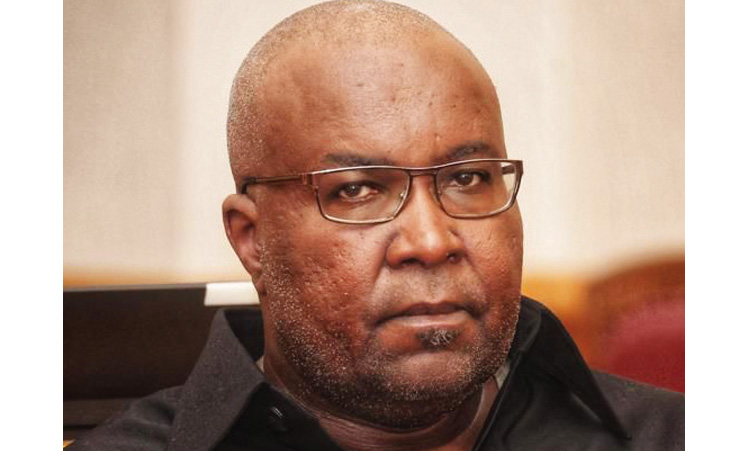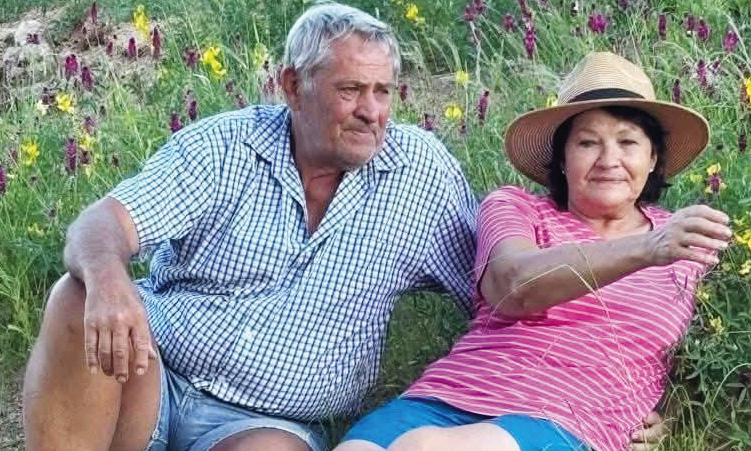MY interaction with the people of Vaalgras came during the years of upheaval. Apartheid challenged Namibians to repel Bantu Education and the Council of Churches in Namibia teamed up with the communities of Gibeon, Hoachanas and Vaalgras to engineer English-medium schools.
In this context, some central figures come to mind. Pastor Kooper of Hoachanas, Pastor Witbooi of Gibeon, Meester Kariseb of Gibeon, Kaptein Stefanus of Vaalgras, Pastor Konjore of Vaalgras. This counter-challenge provoked the wrath of the Apartheid state. Harassment, intimidation and arrests became the order of the day. For the better part of the last ten years I have witnessed Heroes’ Day commemorations of the descendants of the Ovaherero of Namibia at Vaalgras. During the years of upheaval, a man called Tjikuirire landed in southern Angola with his folks as a result of the German stampede. He then retreated southwards to land in the northern areas of present-day South Africa. These Ovaherero came to settle in the Koichas/Vaalgras reservations as per the dictates of the hitherto settler regimes. Elias Tjikuirire was their first leader in Vaalgras and Chief Stefanus Tjikuirire, their current leader, is the grandson of Elias Tjikuirire.The Vaalgras heroes’ commemorations take place during the first week of May. This year we gathered in Vaalgras from May 1 to 4. Reverend Willem Konjore led the proceedings, which started at the first settlement of Chief Elias Tjikuirire and concluded with the traditional exercises at the Heroes’ Graveyard in Klein Vaalgras.In my view, the highlight of the commemorations was the interlude at the Kaptein Hendrik Witbooi monument. The story goes that Hendrik Witbooi, that all-time hero of the Namibian revolution, was shot on this spot on his way from the Kalahari. He had trekked with his folks from Gibeon chasedby the German forces and had operated from places near present-day Aminuis. The situation became unbearable due to the absence of food and limited water. During these difficult times some altercation ensued among the forces under Kaptein Witbooi. Some moved back and handed themselves over to the Germans while a strong contingent under Kaptein Witbooi stayed the course. The latter group decided to move south on a straight line towards present-day Keetmanshoop, making their way back to Gibeon quietly. As they rode through the plains of Vaalgras, Kaptein Witbooi issued an order. They would all ride on the southern flank, with him alone on the northern flank of this broad plain. Witbooi stood his horse on top of the small hill to inspect the world. Little did he suspect that a German expedition was camping among some thick bushes in the middle of the plain. They must have spotted him and Kap-tein Witbooi was shot and fatally wounded. When his comrades heard the shots, they raced towards them and seeing the racing horses, the Germans must have fled east.Kaptein Witbooi was buried him at a place that has not been discovered to this day. Each year when we gather at Vaalgras for the occasion, we stop at the Hendrik Witbooi Monument for the traditional rituals and for a synopsis of what transpired then. This year Reverend Konjore gave an emotional intervention but in a subdued tone. The mood was sombre and filled with tears. I was not alone…
Stay informed with The Namibian – your source for credible journalism. Get in-depth reporting and opinions for
only N$85 a month. Invest in journalism, invest in democracy –
Subscribe Now!










